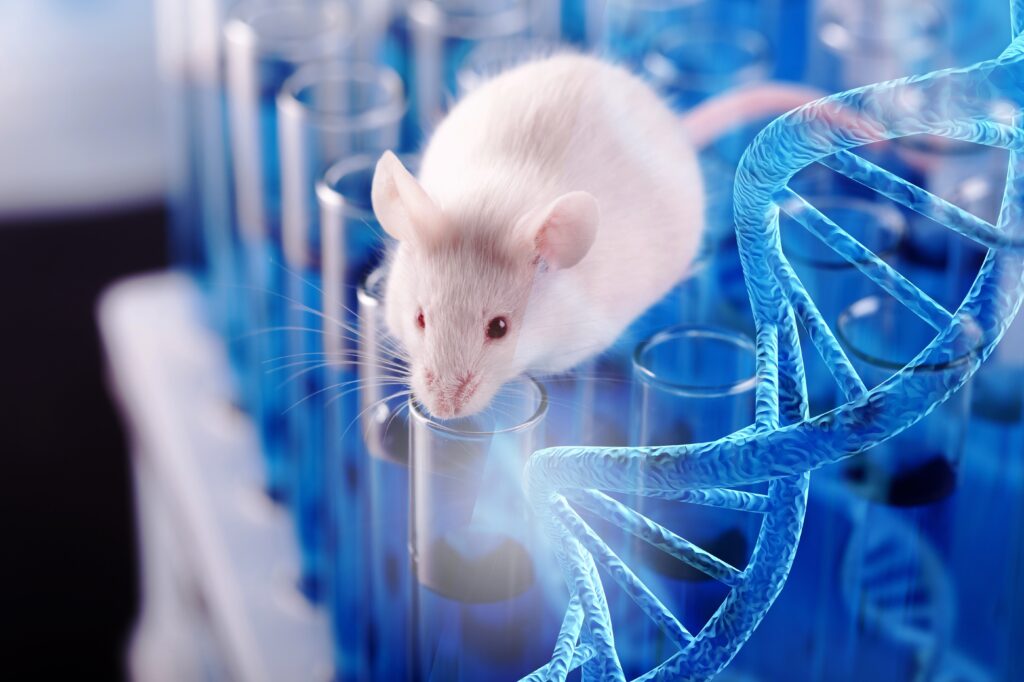
Amyotrophic lateral sclerosis (ALS) and frontotemporal dementia (FTD) are fatal and rapidly progress as neurodegenerative diseases. While inherited mutations can cause both conditions, they mostly appear sporadically in individuals without a known family history. Despite affecting different neurons, both diseases share a common hallmark: the pathogenic buildup of abnormal nuclear TAR-binding protein 43 (TDP-43) in the cytoplasm of affected motor neuron cells. Current theories propose that this cytoplasmic re-localization triggers toxic phosphorylation and fragmentation of TDP-43. Concurrently, a decrease of TDP-43 in the nucleus diminishes TDP-43-related physiological nuclear functions, contributing to the diseases’ progression (1).
Although this cytoplasmic accumulation of TDP-43 plays a significant role in the pathogenesis of ALS and FTD, the cellular mechanisms involved in the re-localization of TDP-43 to the cytoplasm is not known (2). A team of Australian neuroscientists led by Dr. Lars Ittner believe that they have found part of the answer for sporadic forms of the diseases. They identified novel interactions between pathogenic or dysfunctional forms of TDP-43 and the 14.3.3ɵ isoform of the cytoplasmic protein 14-3-3. By targeting this interaction with an AAV-based gene therapy vector, they were able to block and even partially reverse neurodegeneration in ALS/FTD mouse models.
Continue reading “Discovery of Protein Involved in TDP-43 Cytoplasmic Re-Localization Points to Potential Gene Therapy for ALS and FTD”